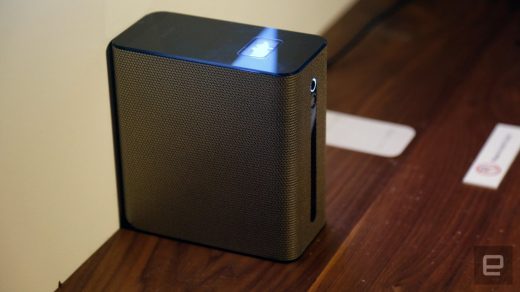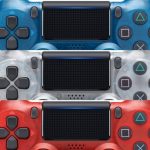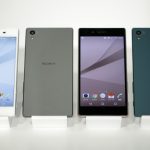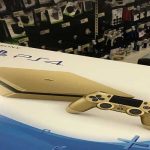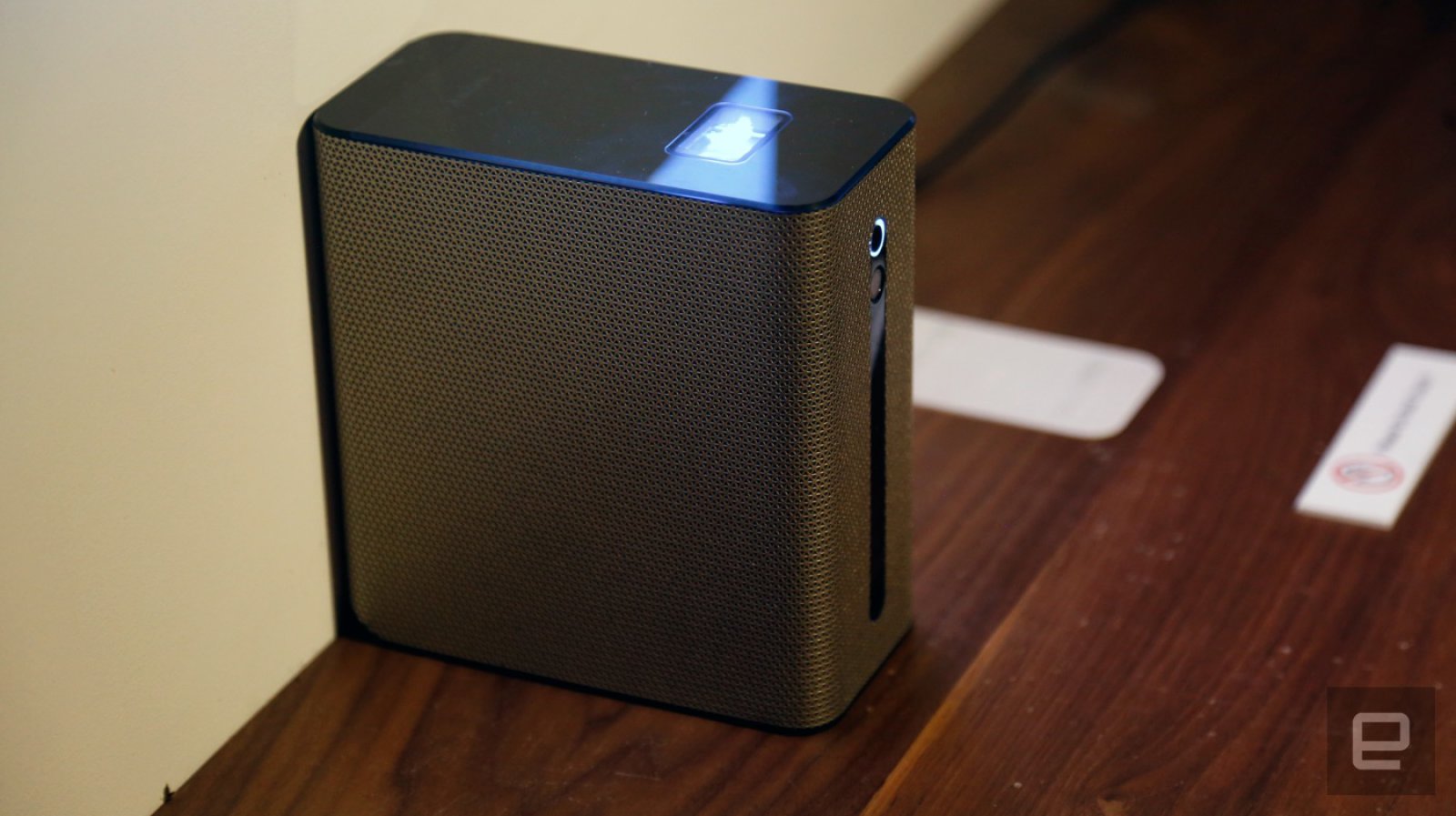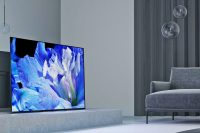Sony’s Xperia projector finally gets a name and release date
Don’t get me wrong. In theory, I kind of dig the idea. As a tenant of a cramped New York apartment, I adore projectors for their space-saving benefits. Plus, the Touch’s interactive surface means you can interact with whatever it projects, thanks to its onboard cameras. When casting, say, a movie or TV show to a wall, this function doesn’t seem all that helpful. But since the Touch runs Android, you can use it to basically turn your walls into giant digital whiteboards, which is neat. Its 1366 x 768 resolution is not very sharp, though, especially if you are watching your content at the 80-inch maximum width that this laser projector supports.
Not only can the Touch cast media to walls, but it can display on tables, too. In this orientation, the 10-point touch sensitivity makes more sense. In addition to letting you enjoy games or simulate a real piano-playing experience, the Touch’s ability to throw content to a horizontal surface also means your friends or teammates can work with you on the same screen while sitting across from you. The problem, though, is that you’ll have to make sure your table doesn’t have a complicated pattern, or it gets hard to see what you’re projecting.
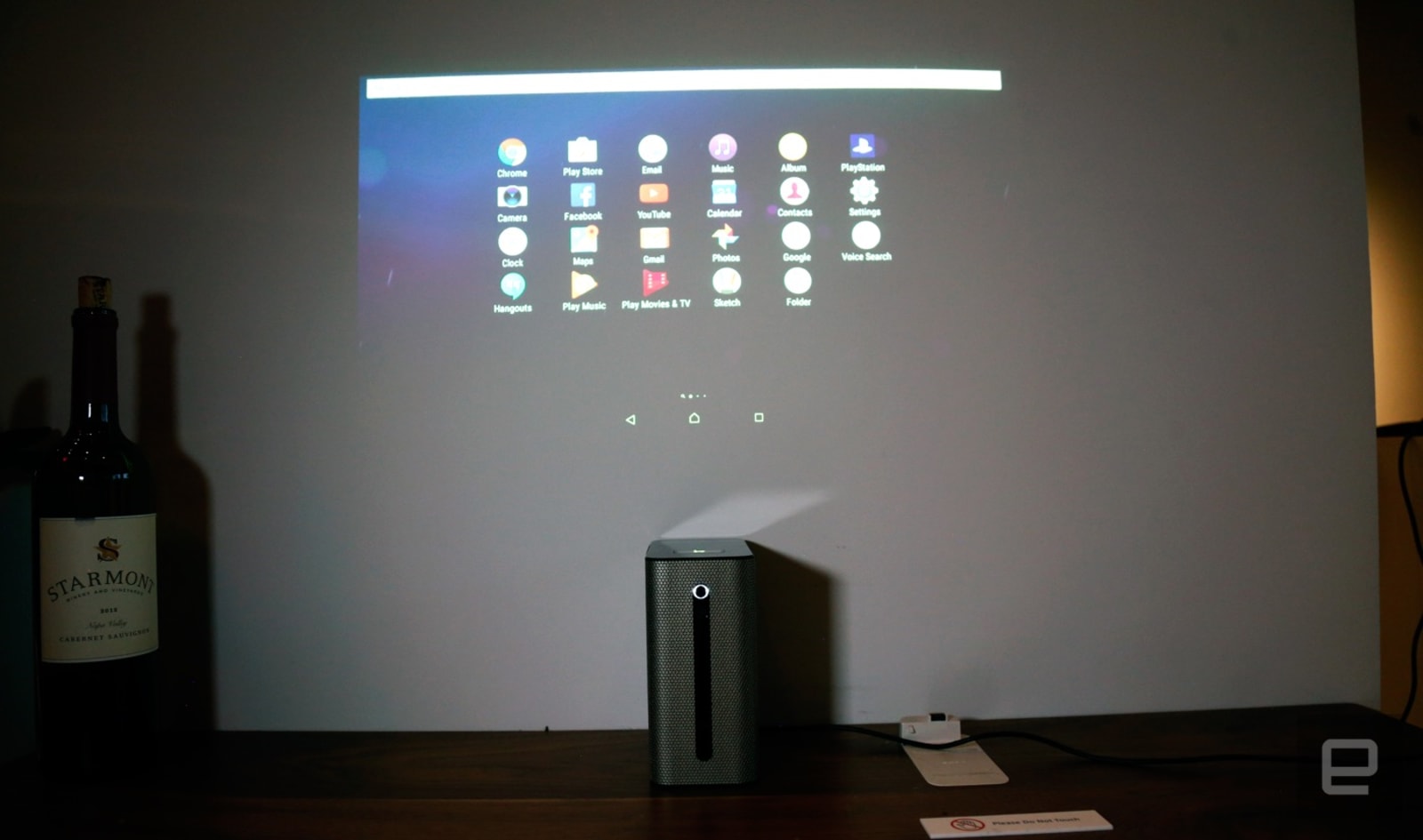
During a recent briefing, I tried playing Für Elise and Ballade Pour Adeline on a projected piano. It was surprisingly enjoyable, although it’ll need actual keys and a set of pedals to rival a real instrument. I also challenged a Sony rep to a rock-tossing game where we had to fight to be the first to smash the other, and despite the Touch being slow to register our fingers sometimes, I managed to kill my opponent. Twice.
One of the strangest things about the touch input here is you get no sensory feedback at all, especially within a game. Nothing vibrates or lights up under your fingers to tell you that your touch has been registered, which makes any lag in performance at all seem all the more pronounced. I frequently found myself wondering if I had actually pressed anything at all.
Other than touch, though, the Xperia Touch also recognizes a few other inputs. It’ll hear your voice for Google Assistant commands and recognize your hand gestures to wake up its screen if it goes to sleep. The device also carries onboard a 13-megapixel camera so you can make Skype calls or take selfies if you so desire. Its stereo speaker also produced a respectable amount of sound at our cozy meeting space.
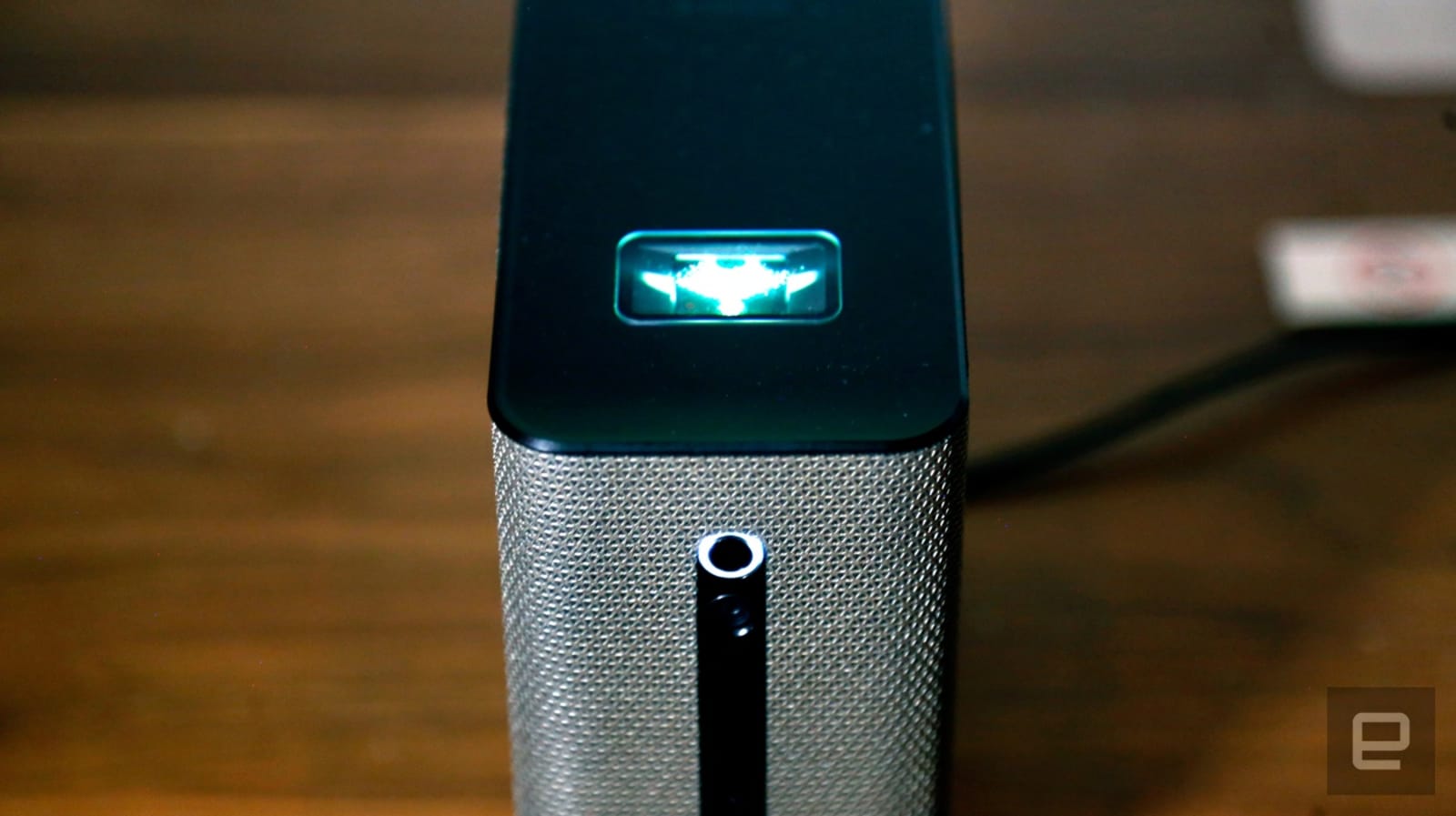
Thanks to a built-in battery that will last about an hour, the Xperia Touch can also remain active when you unplug it so you can move it to different rooms or locations without having to power off altogether. Whether you’ll want to get it into your house at all is a different matter altogether. Sure, the Xperia Touch bundles almost three separate devices worth of features into a compact, solid package. But is it €1,499 worth? I’m not so sure. For one thing, there are several other options, such as Lenovo’s Yoga Tablet 2 Pro or the Moto Z with projector Mod, that do similar things. For another, despite my love for projectors, the Touch doesn’t leave me wanting more time with it. Ultimately it’s a unique concept that’s fun to play with, but not quite practical enough to justify its high price.
Click here to catch up on the latest news from MWC 2017.
Update: This piece has been corrected to reflect the Touch’s actual price as €1,499, not €1,599 as previously reported. It’s still very expensive, though, and the comments about the high cost here still stand.
(98)

